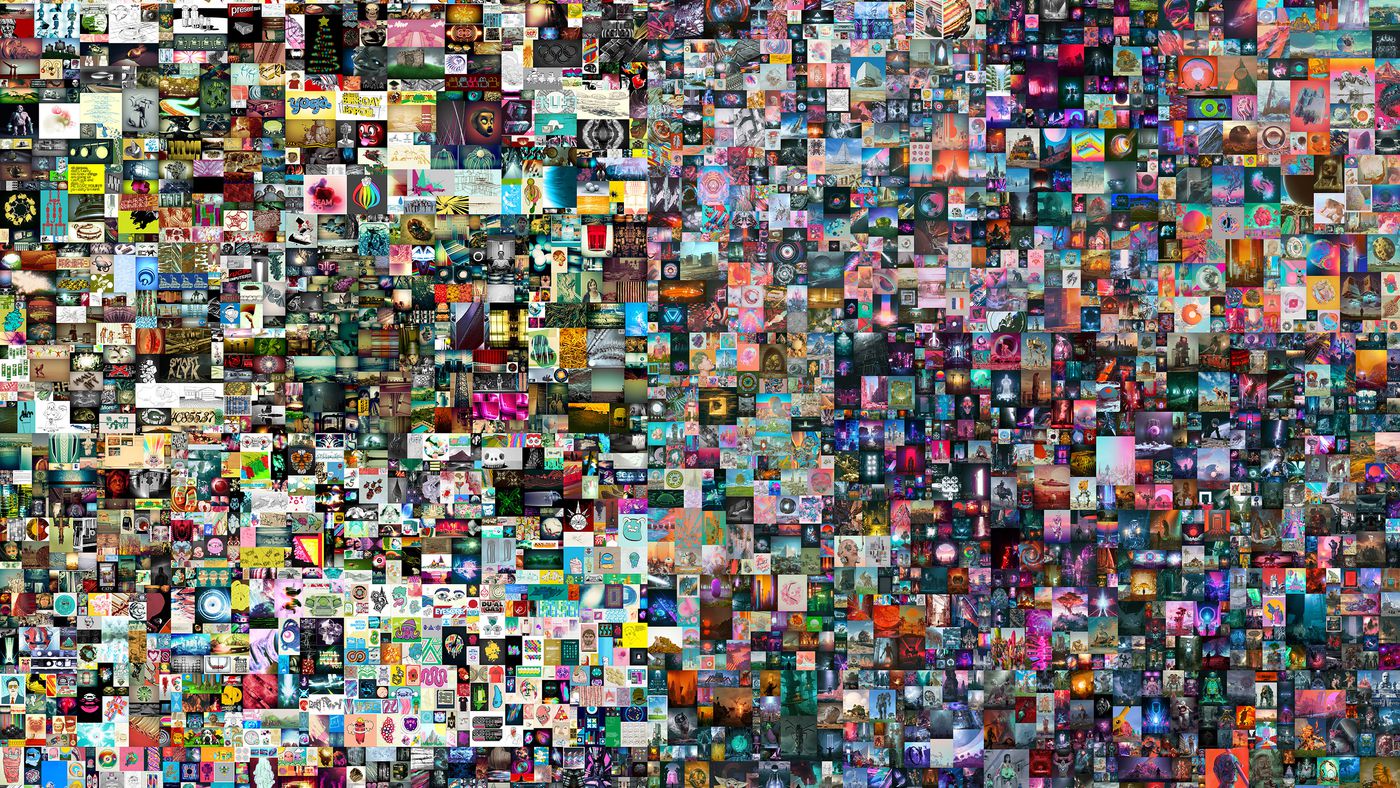A year ago, a work of art was auctioned by the renowned auction house Christie’s for 69 million dollars. This was not a lost Matisse or a seldom seen Van Gogh. Instead, it was a composite collection of digital art by then-relatively unknown artist Beeple. What makes the piece – Everydays: The First 5000 Days – truly remarkable is that it was sold as a non-fungible token (“NFT”). In the year since that sale, NFTs have gone from being a relatively obscure phenomenon in the tech world to becoming mainstream. NFTs are digital tokens that exist on a secure system of record called the blockchain. These tokens are similar to certificates of ownership that a gallery might give to an art collector – but for digital items.
For collectors, NFTs are arguably a digital extension of benign hobbies. In recent generations, collectors may have been looking for rarities Magic The Gathering cards or opaque stamps. Today, those with an urge to own rare items are drawn to a world where rarity can be transparently recorded and easily verified. For creators, NFTs offer a clear path to monetization. Artists have historically struggled to continue making money from their work, but NFTs can be sold in accordance with terms that earn creators (and possibly brands) royalties.
The right-click approach
Despite their growing popularity, NFTs still baffle most people because we’re not really used to the concept of owning digital art. After all, anyone can just right-click and save an image to their computer. Of course that’s beside the point. As with all currencies, NFTs have value because of the importance a community attaches to them. In the online culture that NFTs are a part of, “on-chain” blockchain elements matter—and some hold more value than others.
The feature missed by the right-click perspective is that if you own an item on the blockchain, it’s verifiable and anyone in your community can see the recorded transaction. This can translate into prestige, for example, when outrageously wealthy entrepreneurs bid on rare NFT items, such as Beeple’s work or a rare cryptopunk — and when Bored Ape Yacht Club owners turn their social media icons into a picture of their ape. Still, owning an NFT can simply be a sign to other community members that you belong.
NFTs are attracting mainstream attention
Public attention is not always positive. As NFTs grow, so does the prevalence of money heists and scams, particularly by social media influencers. YouTubers such as Logan and JakePaul, for example, are notorious for their litany of inferior NFT “rug pulls”. when a crypto project is abandoned by its creators after the money has poured in. Melania Trump, to give another example, has published several NFT projects of her own. However, blockchain analysts have been able to uncover how one of these projects was bought by none other than the creator of the NFTs. Known as wash trading, this practice sees NFT creators buying their own work, either to save face due to a lack of interest or to create hype around an influencer or artist and boost the price of the next sale.
As NFTs have gone mainstream, another capacity has emerged for these tokens: their potential for fundraising. What started as a meme ConstitutionDAO was founded by a group of cryptocurrency enthusiasts to buy one of the 13 surviving copies of the US Constitution auctioned at Sotheby’s. This group – a decentralized autonomous organization – sold governance tokens (called $PEOPLE tokens) in exchange for Ether, which was then used to bid on the Constitution. Within a week, ConstitutionDAO raised $47 million. And while that wasn’t enough to win the auction, it did show how financially powerful this corner of the internet has become. (Also worth noting: Wyoming, in August 2021, became the first US state to grant legal corporate status to DAOs operating on a blockchain, provided they are organized as a Wyoming Limited Liability Company.)
NFTs: failure or the future?
Among the harshest criticisms of NFTs has come the socially conscious art world, which sees NFTs infrastructure as a problem. NFTs exist primarily on the Ethereum blockchain, which relies on massive computational resources to function and can generate a huge carbon footprint. Ethereum is transitioning from its current mechanism Another, which will hopefully allay that concern. Perhaps the more subtle defense of NFTs is how they take the digital art medium in interesting directions. Damien Hirsts The currency playfully challenges the collector to decide whether to keep the NFT (the digital token) or later exchange it for a physical work of art. This forces the collector to bet on the future: physical or digital, which retains the most value?
This places NFTs in an odd place. They appear to be simultaneously a benign hobby, a vehicle to value and monetize scarce digital art, a money grab for unscrupulous influencers and celebrities, a new mechanism for online fundraising, and an explored avenue for legitimate art. However, they do see that NFTs have fully transitioned into the mainstream and as such deserve attention.
Paul Dylan Ennis is Lecturer/Assistant Professor of Management Information Systems at University College Dublin. (This article was originally published by The Conversation.)

